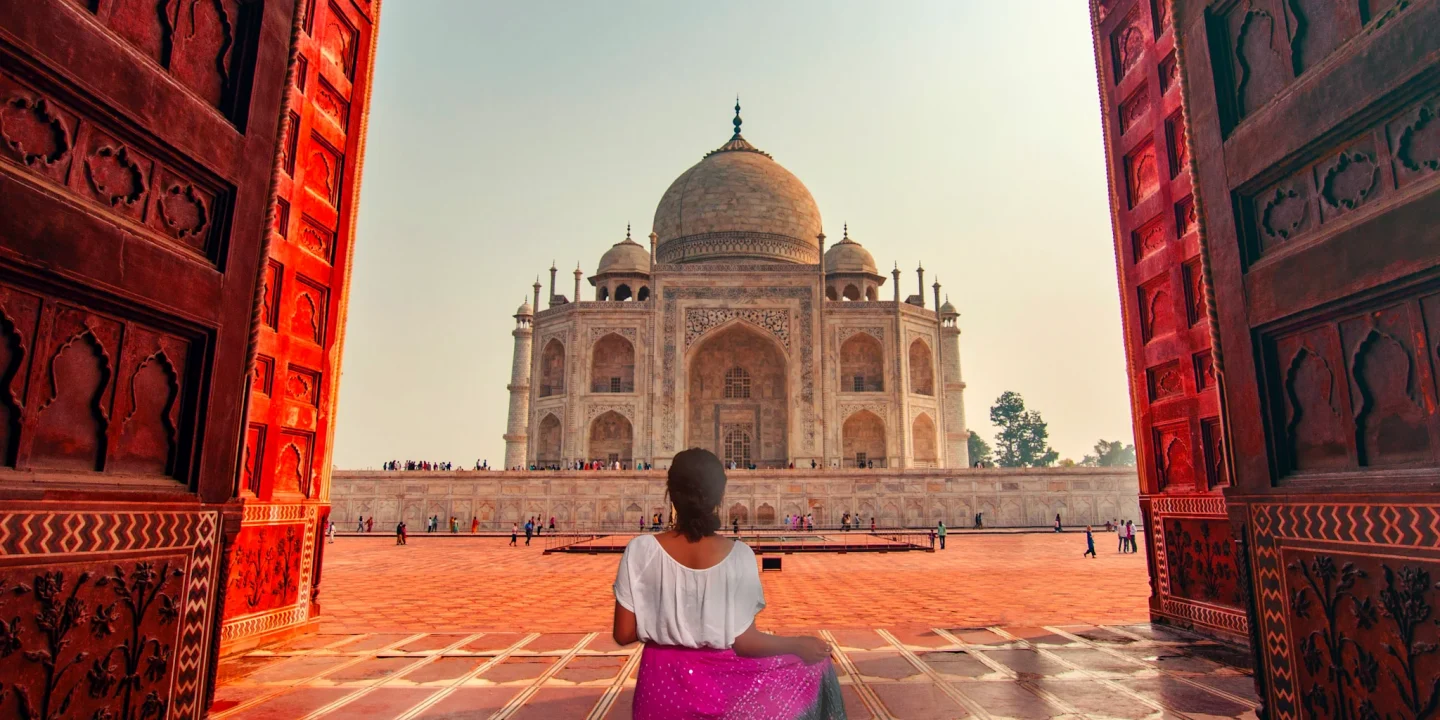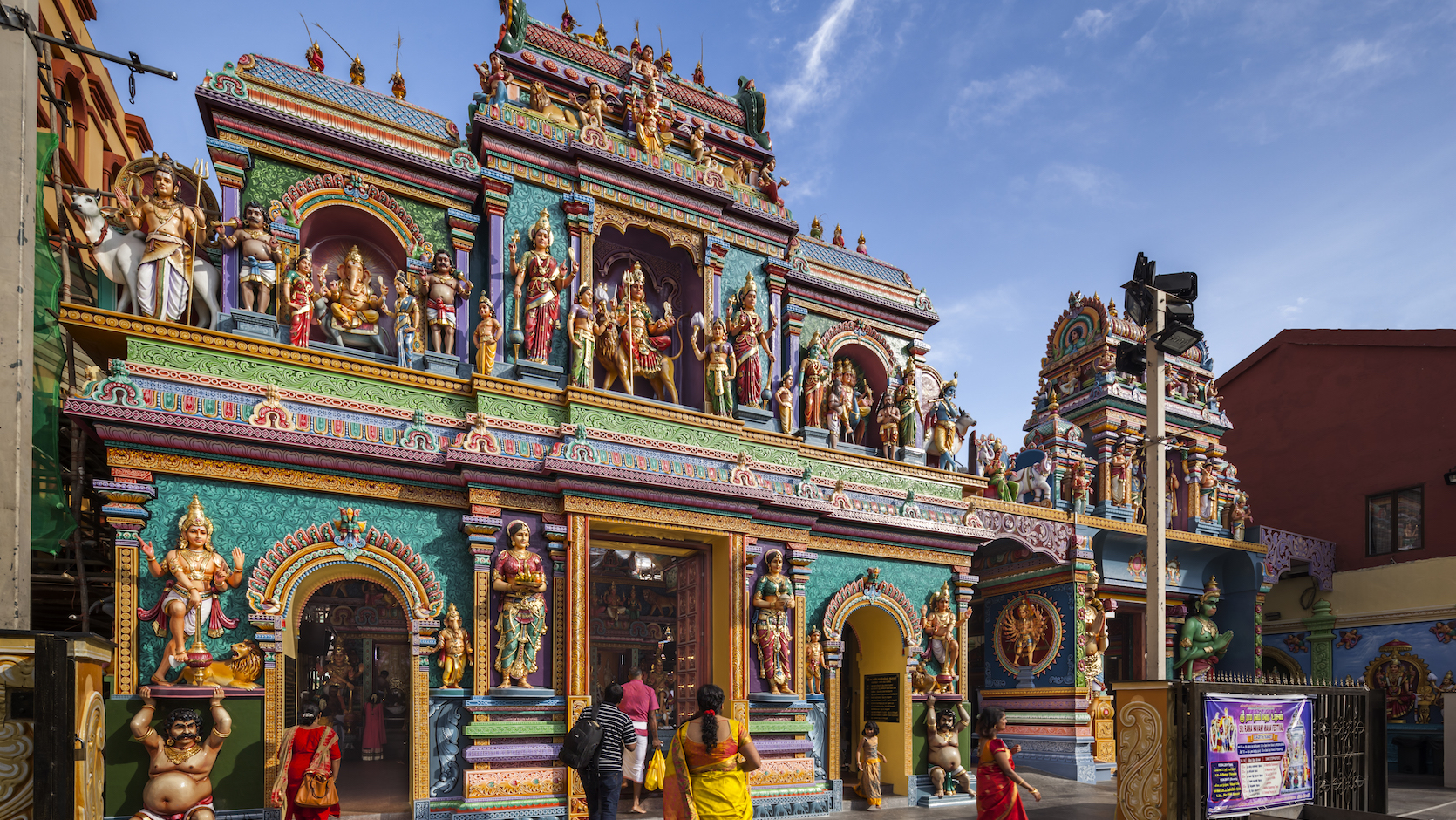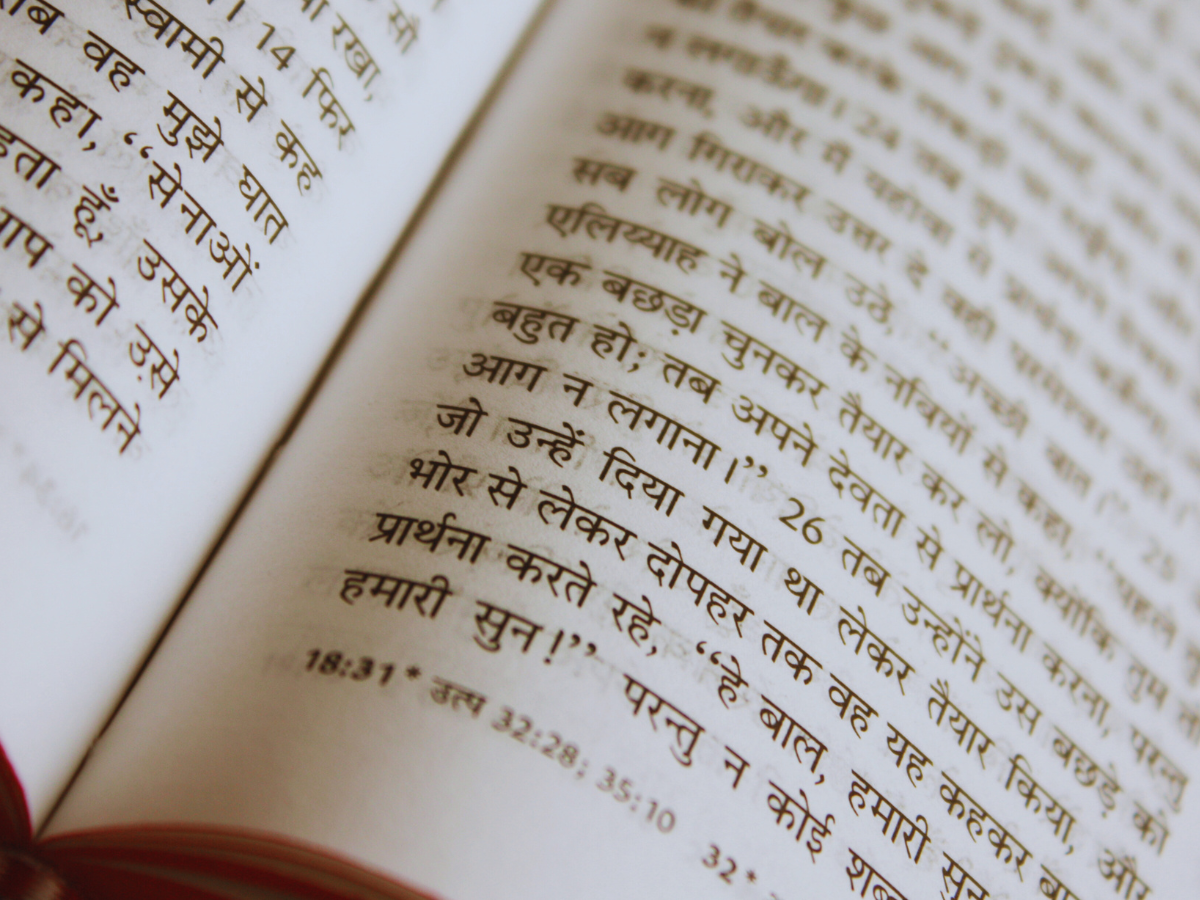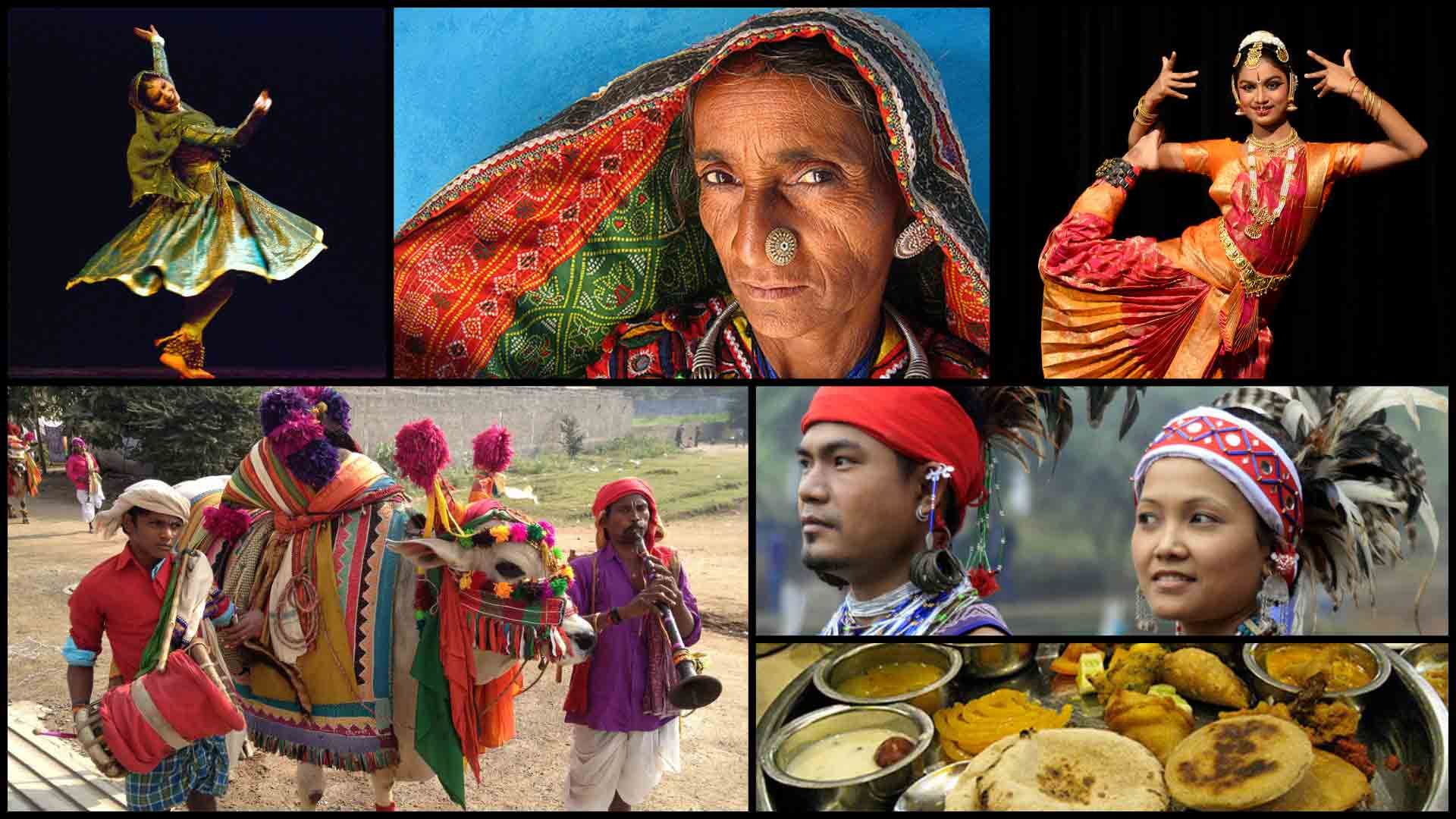
India is a vast and diverse country, separated into various regions that reflect its rich historical, cultural, and economic tapestry. This blog will explain how India is divided into regions and highlight the significant differences among them.
Administrative Divisions of India
India is administratively divided into 28 states and 8 union territories. These divisions are further categorized into six zones, which include:
- Northern Zone: Includes states like Punjab, Haryana, Himachal Pradesh, and Jammu & Kashmir.
- North Eastern Zone: Comprises states such as Assam, Manipur, and Nagaland.
- Central Zone: Encompasses Madhya Pradesh, Chhattisgarh, and Uttarakhand.
- Eastern Zone: Includes Bihar, Jharkhand, Odisha, and West Bengal.
- Western Zone: Comprises Gujarat, Maharashtra, and Goa.
- Southern Zone: Encompasses Andhra Pradesh, Karnataka, Kerala, Tamil Nadu, and Telangana.
These zones facilitate cooperative governance and cultural exchange among states, but they also highlight the distinct identities of each region.
Historical Context
Historically, various dynasties, colonial influences, and independence movements divide India’s regions into many parts. The Indus Valley Civilization, one of the world’s oldest urban cultures, laid the foundation for early Indian society. Over centuries, the subcontinent saw the rise and fall of empires such as the Maurya, Gupta, Mughal, and British Empires, each leaving a lasting impact on regional cultures and economies.

The British Raj introduced significant changes, including the establishment of a unified administrative framework that often overlooked local customs and governance structures. This led to a complex interplay of regional identities that continue to influence contemporary politics and society.
Economic Differences
Economically, India’s regions exhibit stark contrasts. The western states, particularly Maharashtra and Gujarat, are industrial powerhouses, contributing significantly to the country’s GDP. In contrast, states like Bihar and Uttar Pradesh face challenges such as poverty and underdevelopment, relying heavily on agriculture.
The southern states like Tamil Nadu and Karnataka are famous for their technological advancements and manufacturing sectors, while the northeastern states often struggle with infrastructure and connectivity issues, impacting their economic growth.
Cultural Diversity
Culturally, India is a mosaic of languages, religions, and traditions. Each region boasts its own unique cultural identity:
Languages
India is home to over 1,600 languages, with Hindi being predominant in the north and various Dravidian languages like Tamil and Telugu in the south. The northeastern states have their own distinct languages, such as Assamese and Manipuri.

Religions
While Hinduism is the majority religion across most states, significant populations of Muslims, Christians, Sikhs, and Buddhists contribute to the country’s religious diversity. Punjab is a region famous for its Sikh heritage, while Kerala has a rich Christian tradition.

Festivals and Traditions
Each state celebrates its own festivals, reflecting local customs and beliefs. For instance, they celebrate Diwali widely in northern and western India, while Pongal is a major festival in Tamil Nadu. The cultural practices, cuisine, and art forms vary significantly from one region to another, showcasing India’s rich heritage.

India’s regional divisions are not just administrative; they represent a complex interplay of history, economy, and culture. The differences among states and regions contribute to the country’s vibrant identity, making it one of the most diverse nations in the world. Understanding these distinctions is crucial for appreciating the rich tapestry that is India.
Read more on Lifetips.blog














